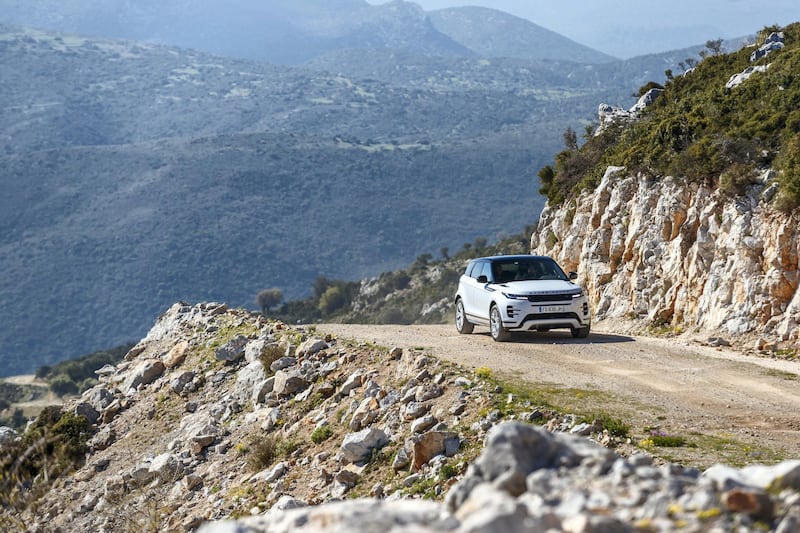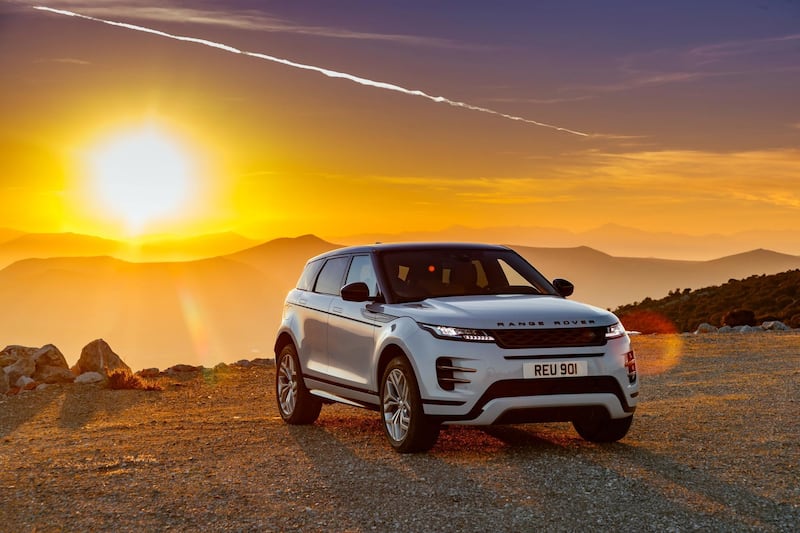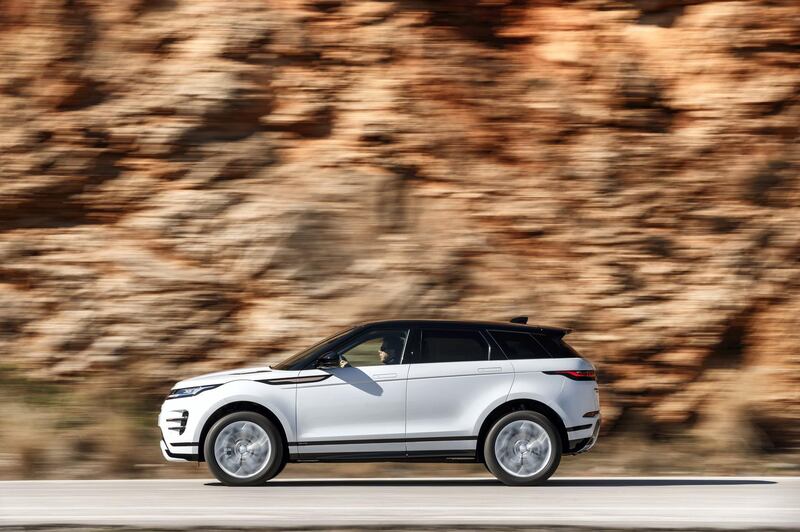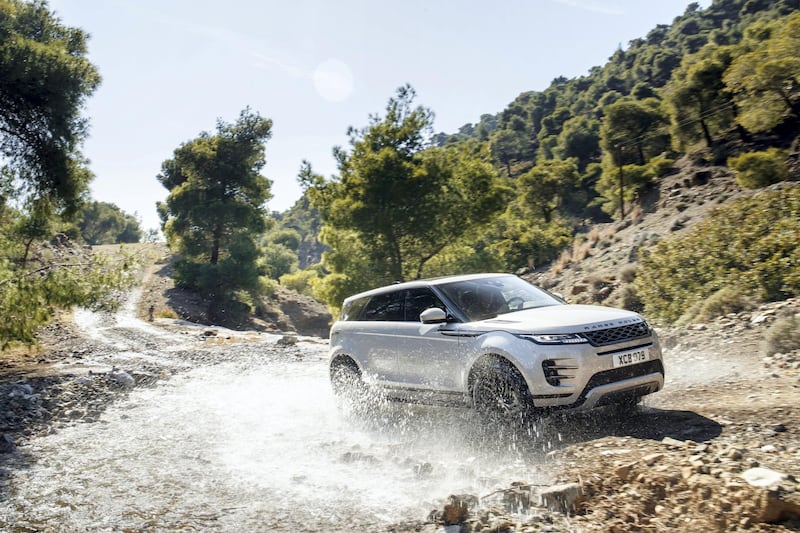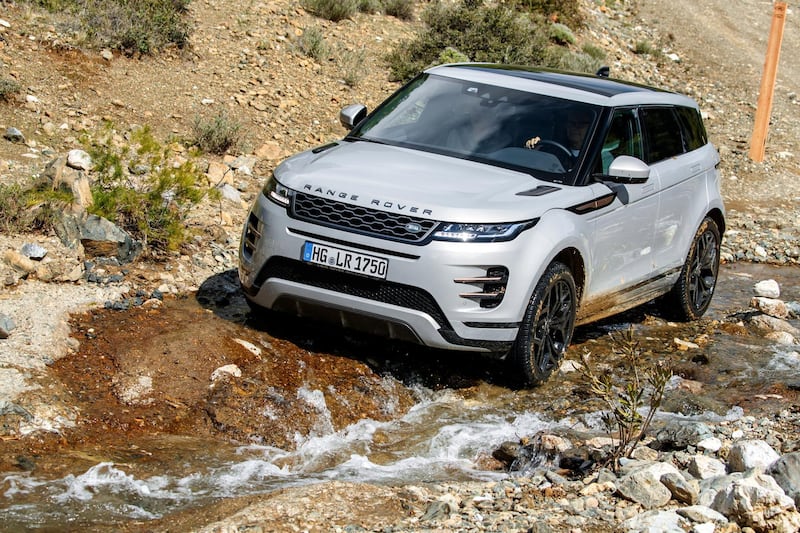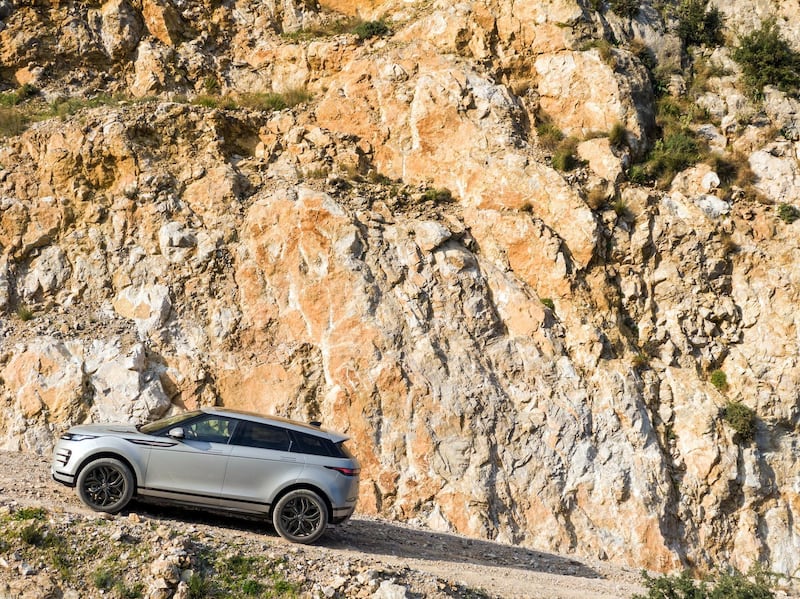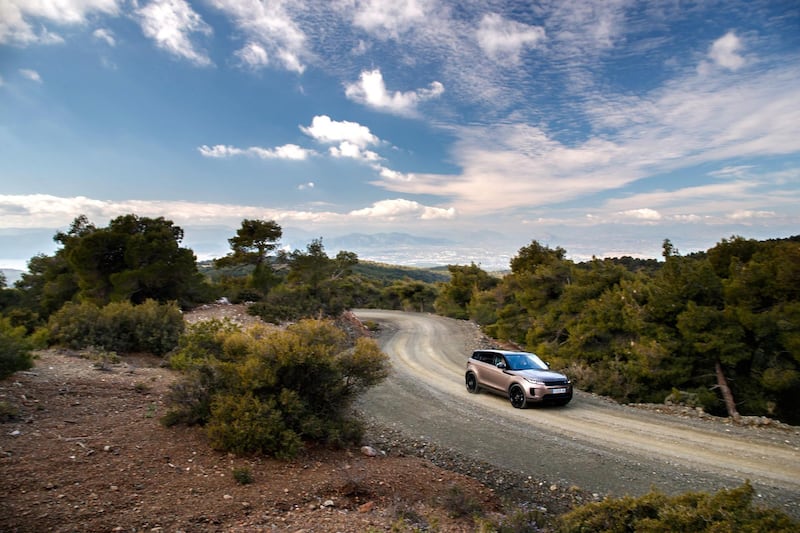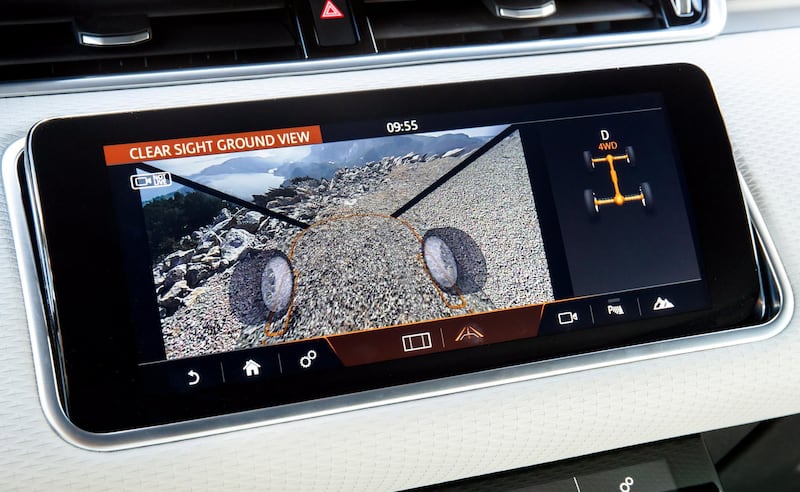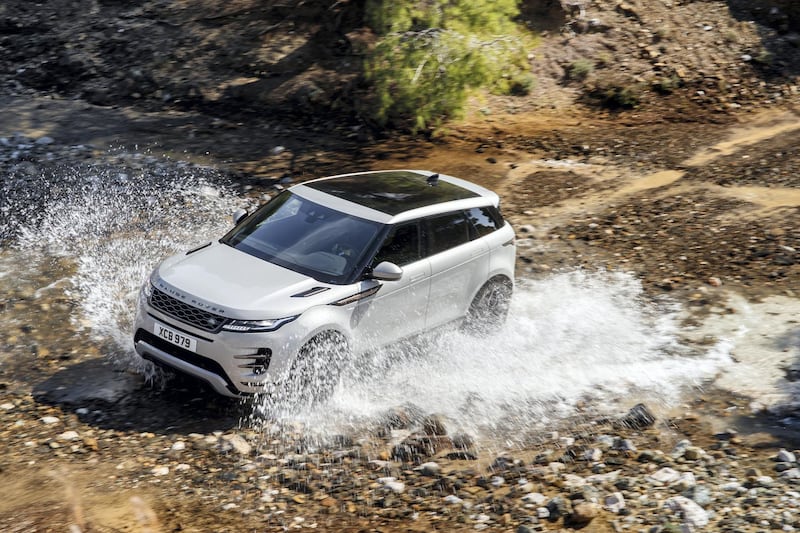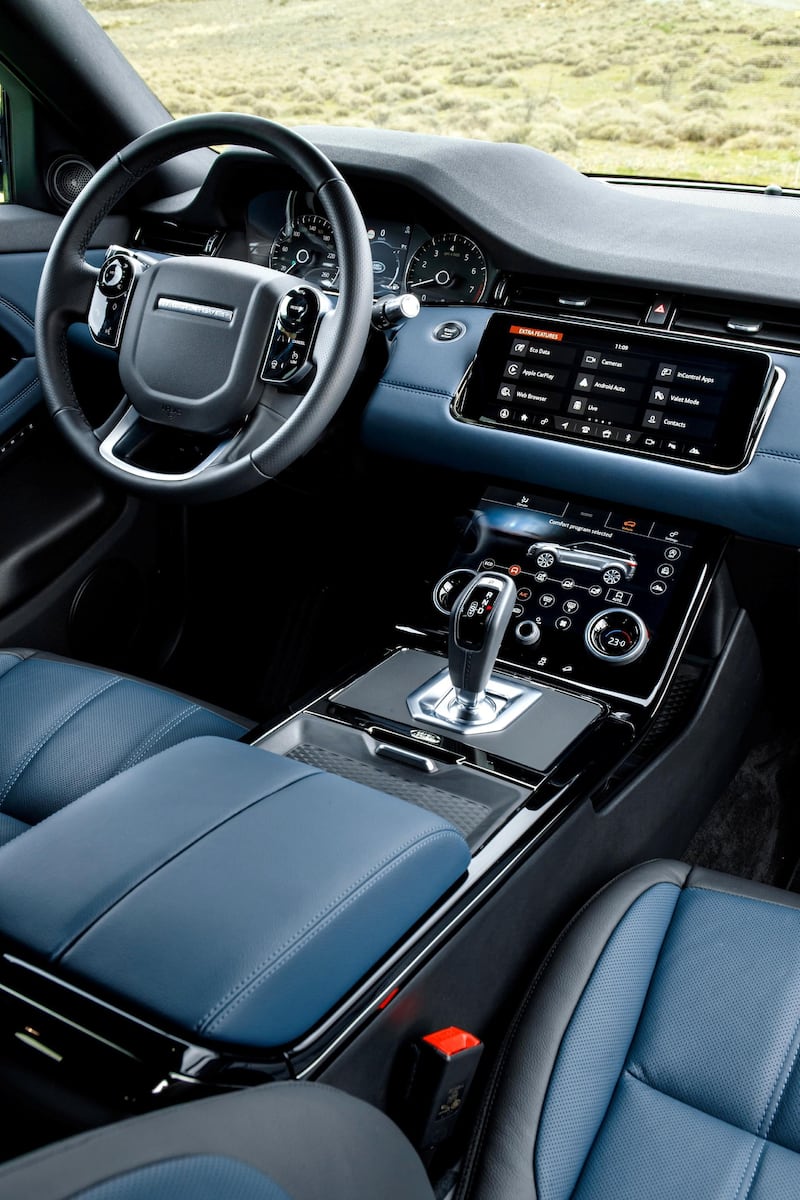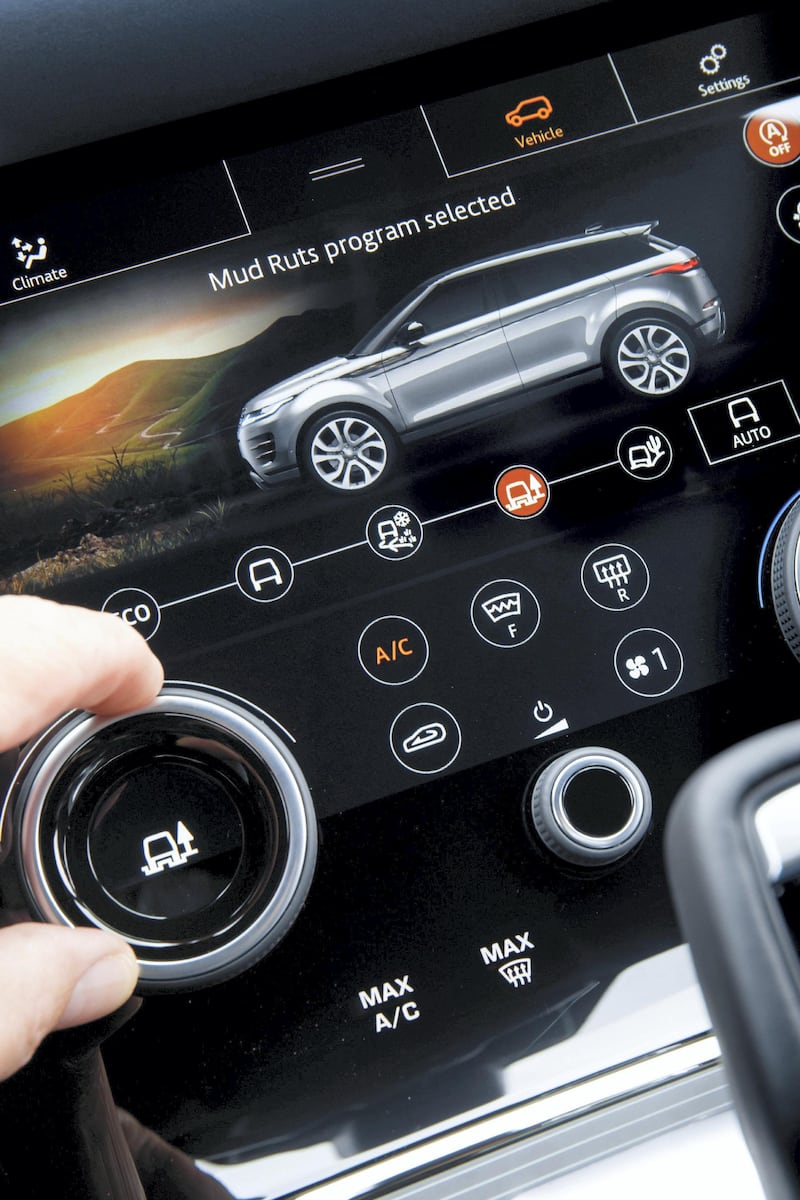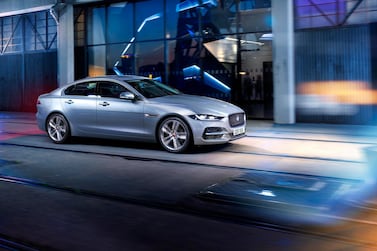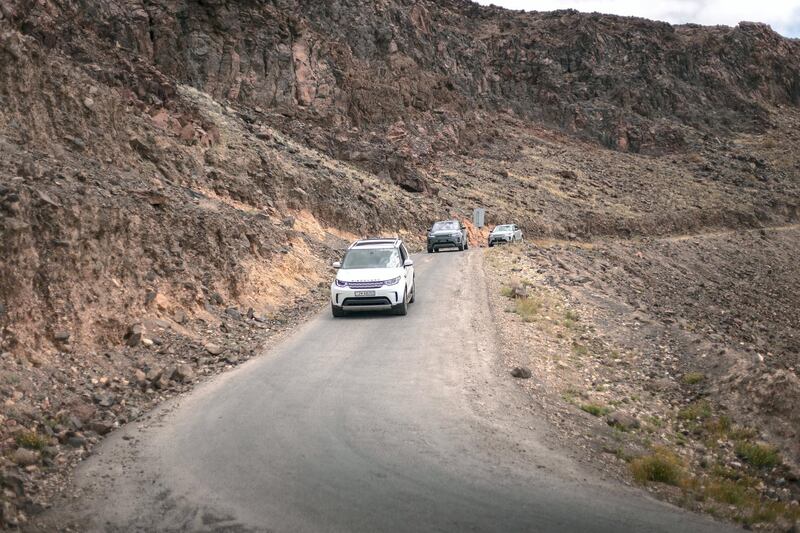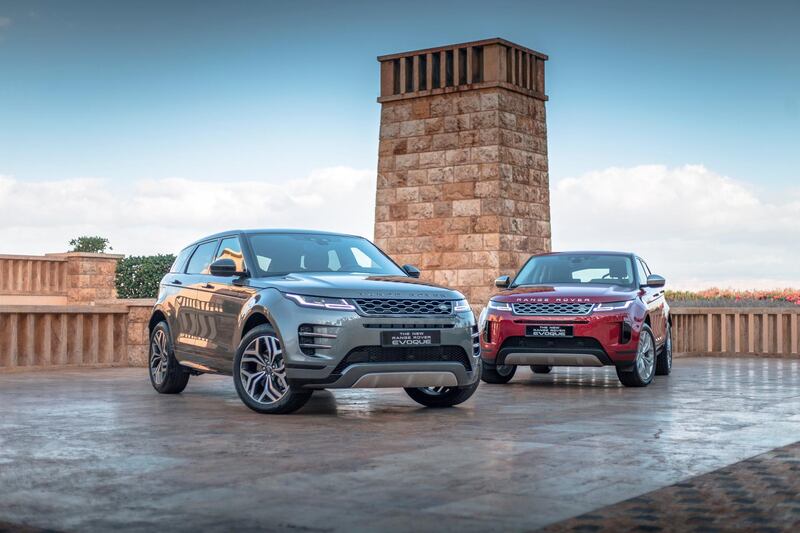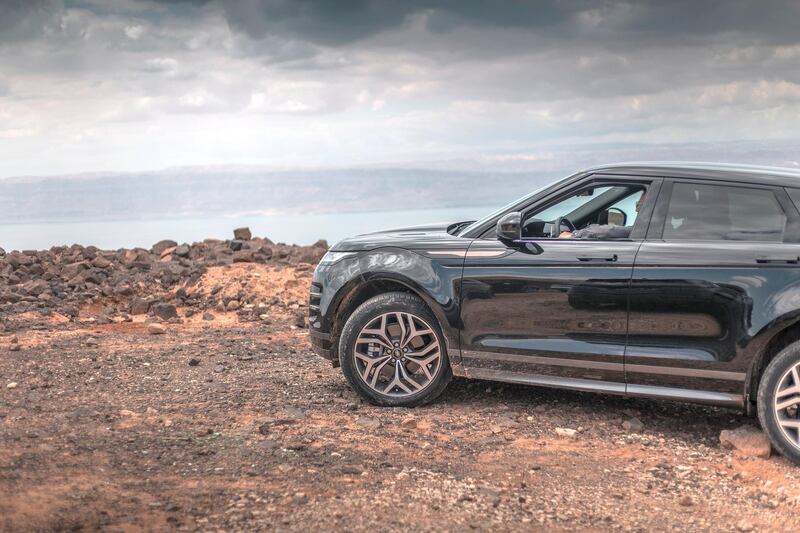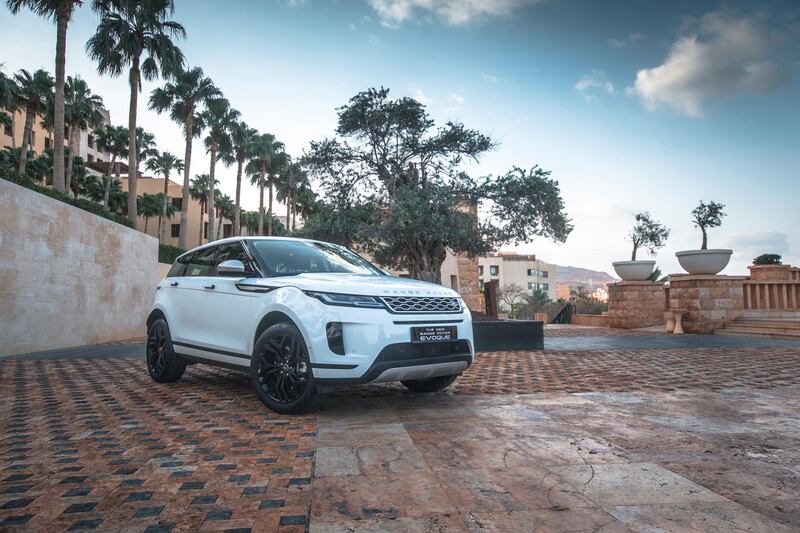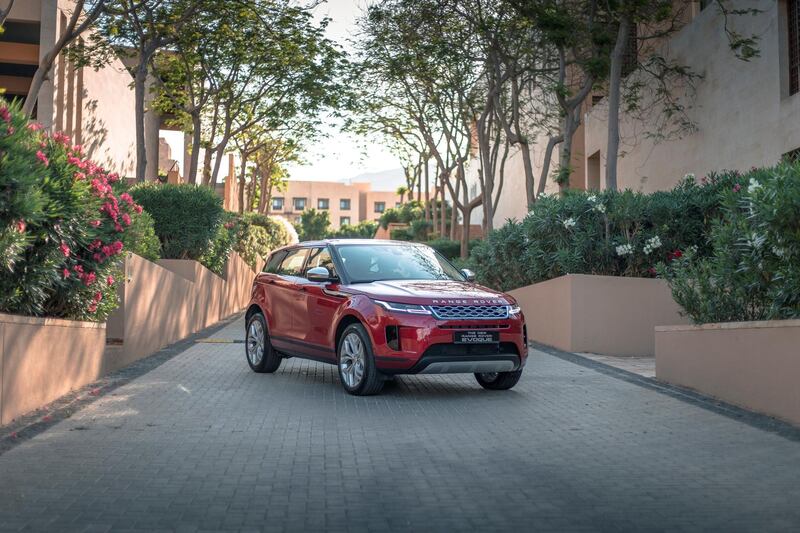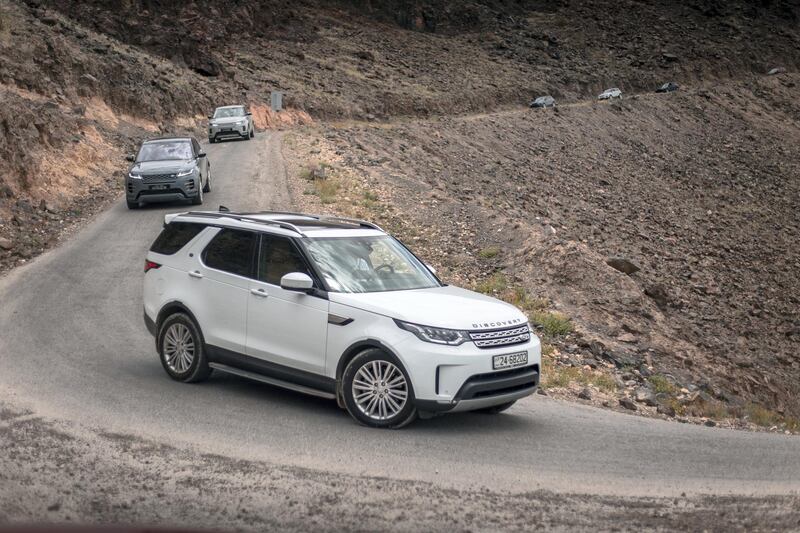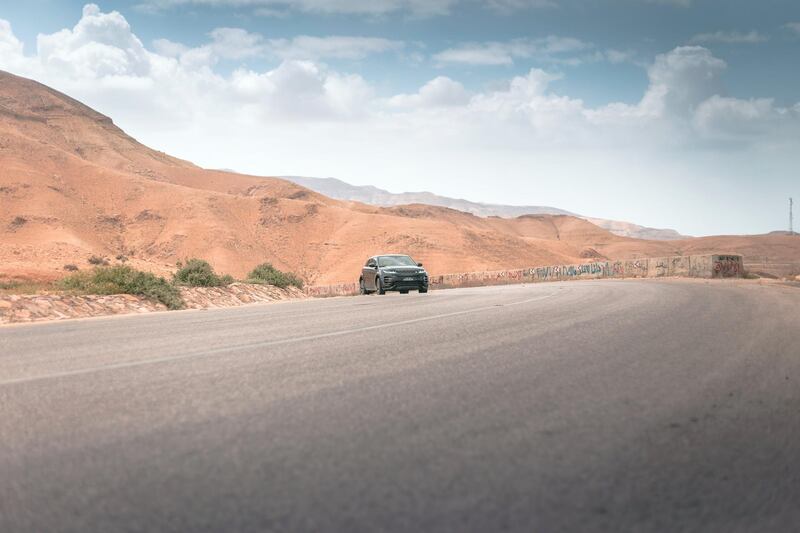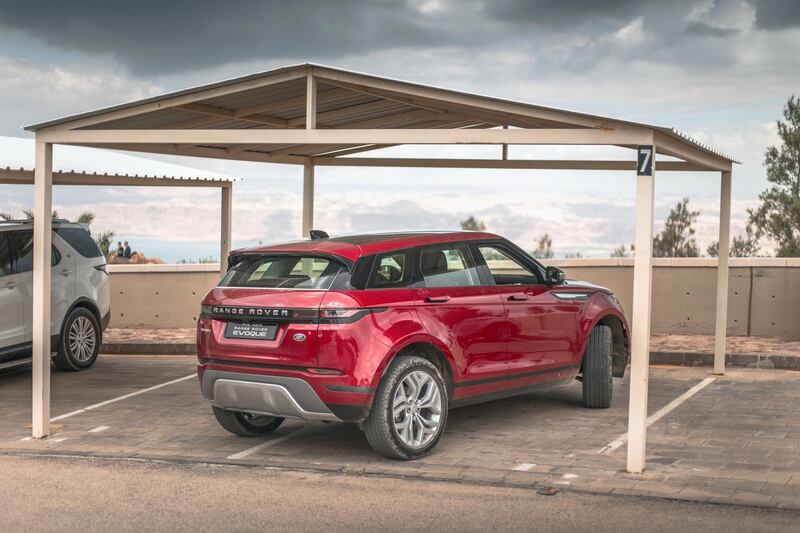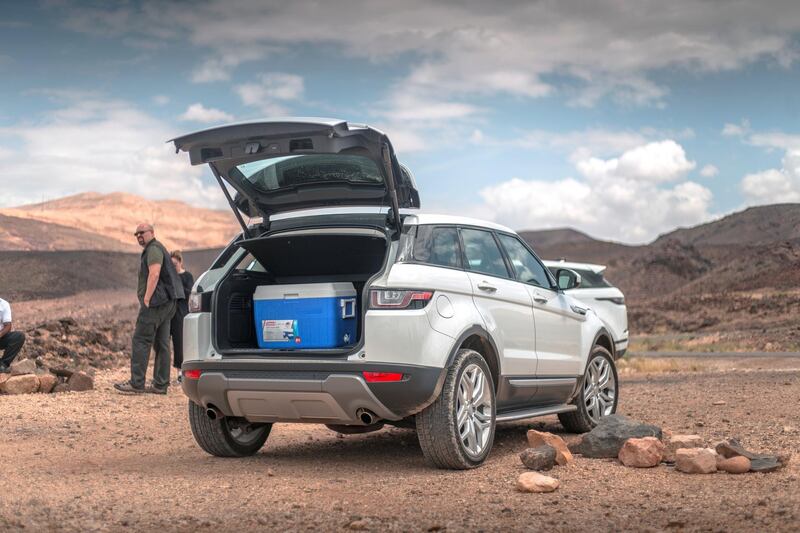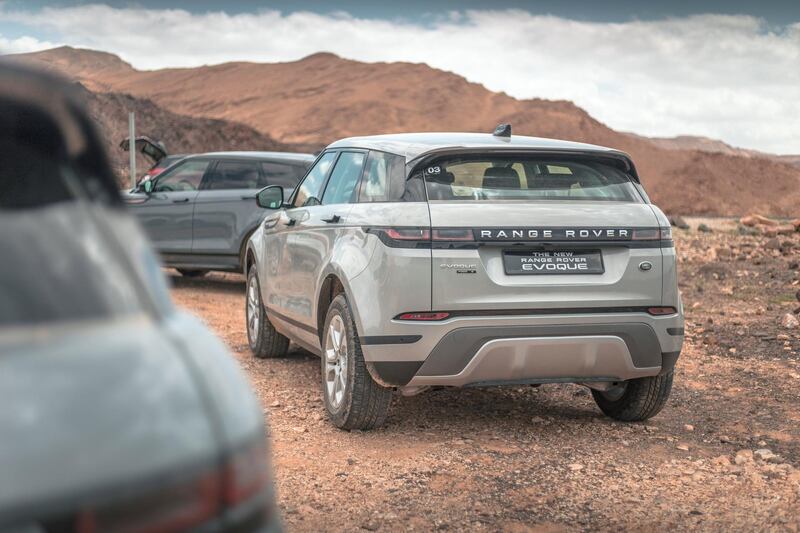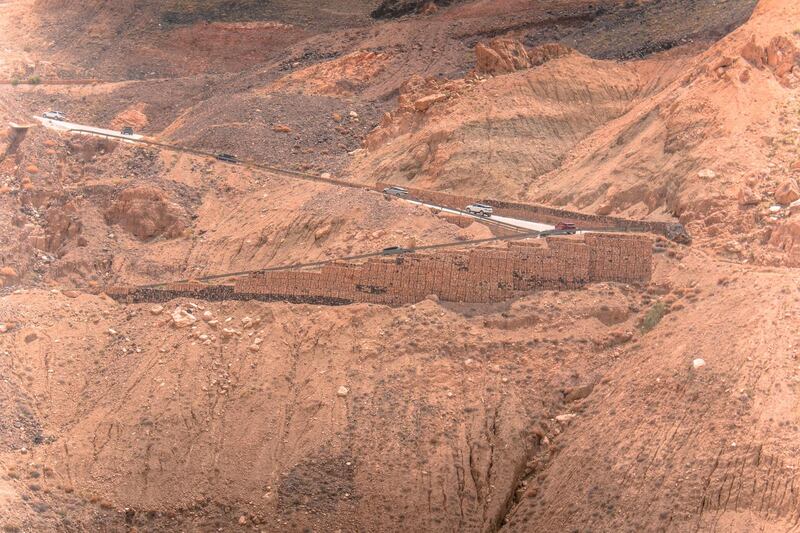To achieve your greatest success, you sometimes need to change tack. As a youngster, Rafael Nadal showed great promise as a footballer, but at the age of 12 made the decision to focus full-time on tennis. The rest is history, with the Spaniard having gone on to forge a stellar career on court, with 17 grand slams (and counting) under his belt.
You could draw an analogy with Land Rover's premium Range Rover sub-brand, which has been synonymous since its launch in 1970 with large all-terrain vehicles catering to well-heeled buyers. It seemed a curious move when the marque launched the compact Evoque in 2011, a car that was much smaller and cheaper than the Range Rover Sport, its "entry-level" model at the time.
We now know it was an inspired decision, as the Evoque has gone on to become the brand's best-selling model to date, with 800,000 sold across the world over the past eight years. It's clearly a winning formula, and one that the company didn't want to mess with unnecessarily. It's therefore unsurprising that the second-generation model The National drove doesn't look that different from its predecessor.
The exterior design language may have evolved little, but most of the oily bits underneath are all new, as the platform underpinning the Evoque Mk2 has been designed to house not only combustion engines, but also plug-in hybrid and full-electric powertrains. You could think of this as future-proofing, as the motoring industry gradually moves away from vehicles that run on fossil fuels.
Even though the new Evoque is built on all-new hardware, its physical dimensions are more or less the same as the previous model, as the company says customers like its compact size. As a result, the length and width of the new Evoque are virtually the same, but the wheelbase has been stretched by a little more than 20 millimetres to create more space inside the cabin.
Meanwhile, the styling at the rear has been revamped for a cleaner and more mature look. If you're familiar with Range Rover's line-up, you'll recognise the similarities with the larger Velar. That is no bad thing, as it's one of the handsomest SUVs on the market.
The new Evoque has a premium look and feel (apart from the high amount of hard plastic trim inside), but this comes at a substantial cost, with prices starting from about Dh174,000 when it lands here in May, rising to more than Dh200,000 for the P250 R-Dynamic. This means it commands a healthy premium over rival models, such as the Audi Q3, Mercedes-Benz GLA and Volvo XC40. The BMW X2 is in a similar ballpark.
The Evoque's 2.0-litre turbo engine pushes out 249hp and 365Nm in the P250 model, although the big seller is likely to be the P200, which ekes out 200hp and 340Nm. All variants come standard with a nine-speed automatic transmission and Terrain Response all-wheel-drive system.
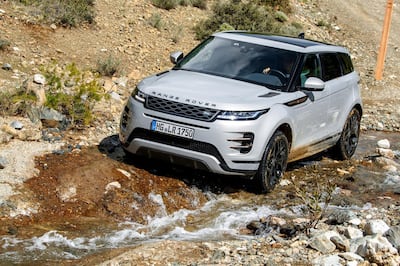
The new Evoque's cabin has a much more opulent and contemporary feel than its earlier iteration, and there's now adequate knee and headroom for even tall(ish) adults to sit comfortably in the rear seats. Handily, there's also a lot more space for mobile phones, loose change, water bottles and other odds and ends.
An interesting feature is the ClearSight Rear View tech, which uses a rear-facing camera mounted on the roof fin to relay an image to the rear-view mirror inside. It initially seems a little strange to look at a virtual image while reversing, but the view that's unobstructed by rear-seat headrests, the rear windscreen frame or bulky items in the load bay.
The new Evoque has also retained the nimbleness and dynamism that makes it one of the most entertaining compact all-terrain vehicles to punt along in, and it shows a surprising turn of pace across challenging Greek mountain roads. As you'd expect of a car from Land Rover, the Evoque impresses off-road, crawling effortlessly across a variety of deeply rutted tracks with some steep ascents and descents thrown in for good measure.
The conclusion we drew from our test drive was that the new Evoque is a carefully thought-out and well-executed premium compact SUV, although it could perhaps have done with a more dramatic evolution in its styling. But the rest of it is up to the mark.
Tackling Jordan’s toughest terrain in a Range Rover Evoque
The Range Rover Evoque was always prettier than its sturdier brothers and sisters, but since its launch in 2011, that seems to have been the point. The brand was clearly aimed at a customer keen on a workable SUV with pedigree, but less interested in a car that looked a bit too much like it was designed to take on the planet’s toughest terrain and deliver a dismissive roar from the exhaust at the ease with which it conquered the humps and bumps.
That said, the new Evoque is being sold with the tagline “Live for the City”, which might lead you to think it has evolved into yet another off-roader that looks the part but wouldn’t be able to deliver when the going gets gnarly. If you’re thinking of buying one, and you have off-roading in mind, this is a legitimate concern. So what better way to find out whether the new version still has its edge than to join a convoy of the latest models in the range and take on the spectacular (yet harsh) terrain surrounding the Dead Sea in Jordan?
The area, with its crags and rocky peaks, is beloved by sci-fi filmmakers in need of otherworldly backdrops – Oscar-nominated movie The Martian featured scenes shot in and around the Wadi Rum zone to the west of the super-salty waters, as did Star Wars: Rogue One and Alien prequel Prometheus. And there are plenty more less venerable cinematic offerings that could be added to that list.
The country’s main drag that hugs the Dead Sea from north to south is Highway 65, or the Dead Sea Highway. It’s a well-maintained piece of tarmac, but you only have to take a short trek inland to encounter a landscape that would seriously rattle the cabin of any off-road fan.
As part of a convoy tackling the terrain, you can’t help but be impressed by how the models in the Evoque range look. Other SUVs in the same class are often accused of being a little boxy, snub-nosed or large at the rear, but the Evoque continues to mimic years of Range Rover styling. It’s a definite relation and it isn’t ashamed of that.
The first thing you notice as the cars hit rough surfaces is how smooth the ride is. Lesser bumps don’t bother any of them. Even on the really uneven and rutted ground, the judder is surprisingly diminished for a compact SUV.
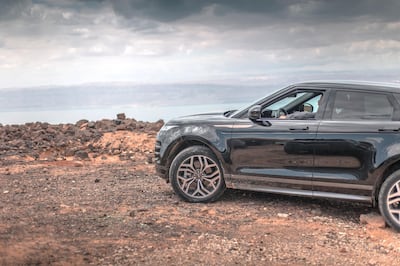
There’s some roll when you take corners, and you don’t feel as cushioned as you do in a full-sized Range Rover, but the traction in the Evoque is solid and its engine and tyre noise is unobtrusive, even when you put your foot down to counter a steep incline. Depending on how rough you like your off-road experience to be, the quiet ride could be a positive or a negative. But over the course of the drive, the cars didn’t feel as though they had taken too much out of the drivers.
The thing is, the manufacturers have given the new Evoque range a couple of add-ons, not least of which is what the company is calling ClearSight Ground View technology. This is a system that uses front-facing cameras to give the driver a way to see under the car.
On a practical level, it’s enough to stop you scraping the front underside of the vehicle against a kerb, but in off-roading terms, it’ll let you see the bit of terrain underneath the front of the car that you’re about to drive on to. That is likely to prove very useful if there happens to be a chasm coming up that you can’t see because the bonnet is in the way.
This feature hasn’t been introduced into any other vehicle in the Jaguar Land Rover range yet, which is an indication that the powers-that-be want the Evoque to retain its off-road credentials.
Salman Sultan, Jaguar Land Rover Mena’s PR manager, is in no doubt about how effective the Evoque is on rough terrain, citing the shiny new stuff on the cars. “For all its poise and grace on-road, the new Range Rover Evoque is superbly sure-footed off it,” he says. “This is a vehicle that raises the bar for all-terrain capability in the compact luxury SUV space, helped by intelligent technologies, such as Terrain Response 2, All-Terrain Progress Control and Hill Descent Control.”
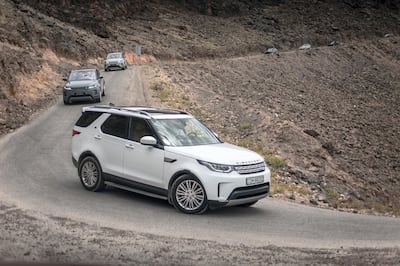
The Evoque can still be used as a town car with a bit of panache as well as power. You may want a Land Rover or full-sized Range Rover if you travel through challenging areas regularly, but as a day-to-day car with off-road capabilities you couldn’t fault the smaller model.
You wouldn’t look out of place in one when you simply want something smart to zip around in, either, which is always a bonus. We said it was pretty, and we meant it.
